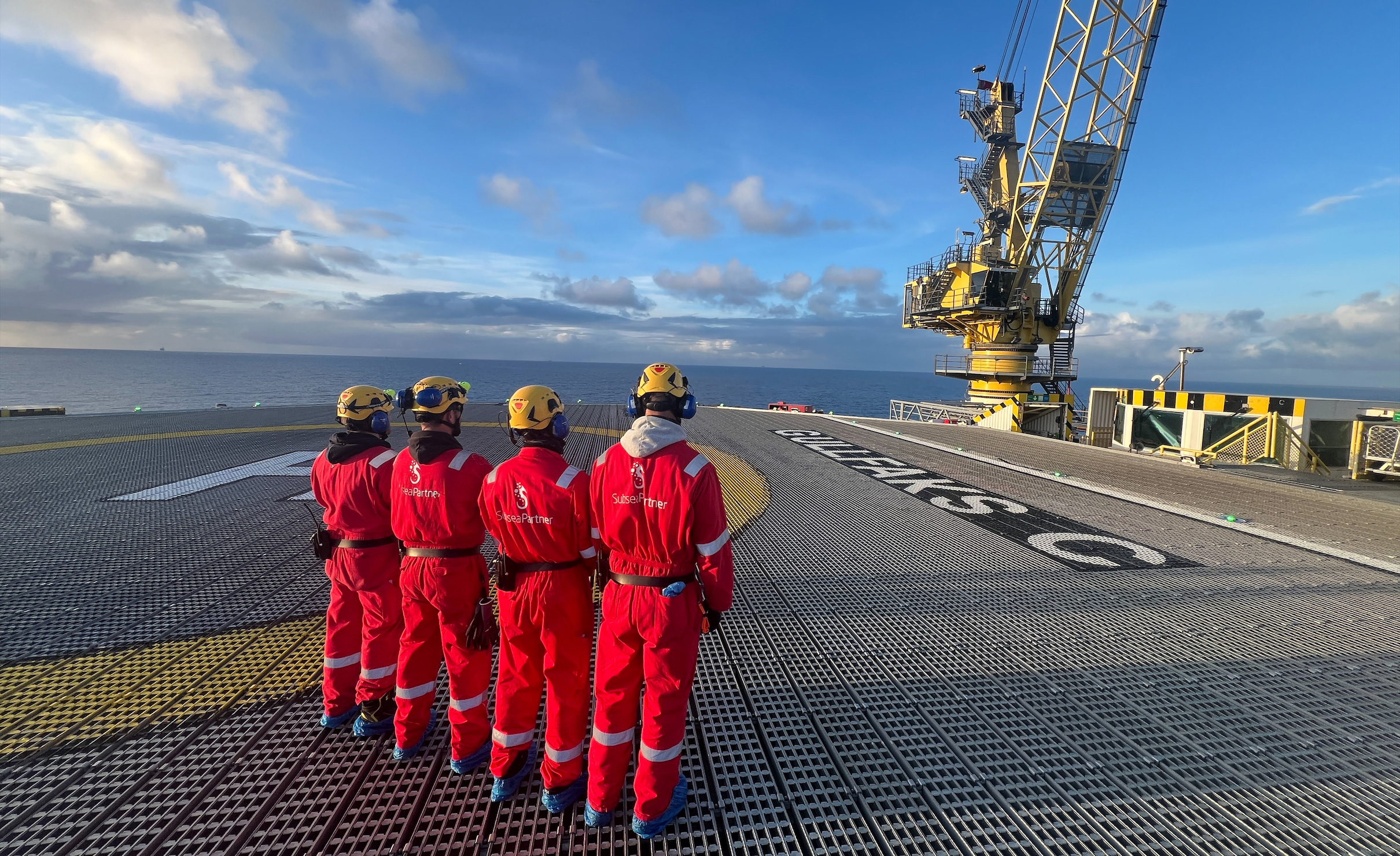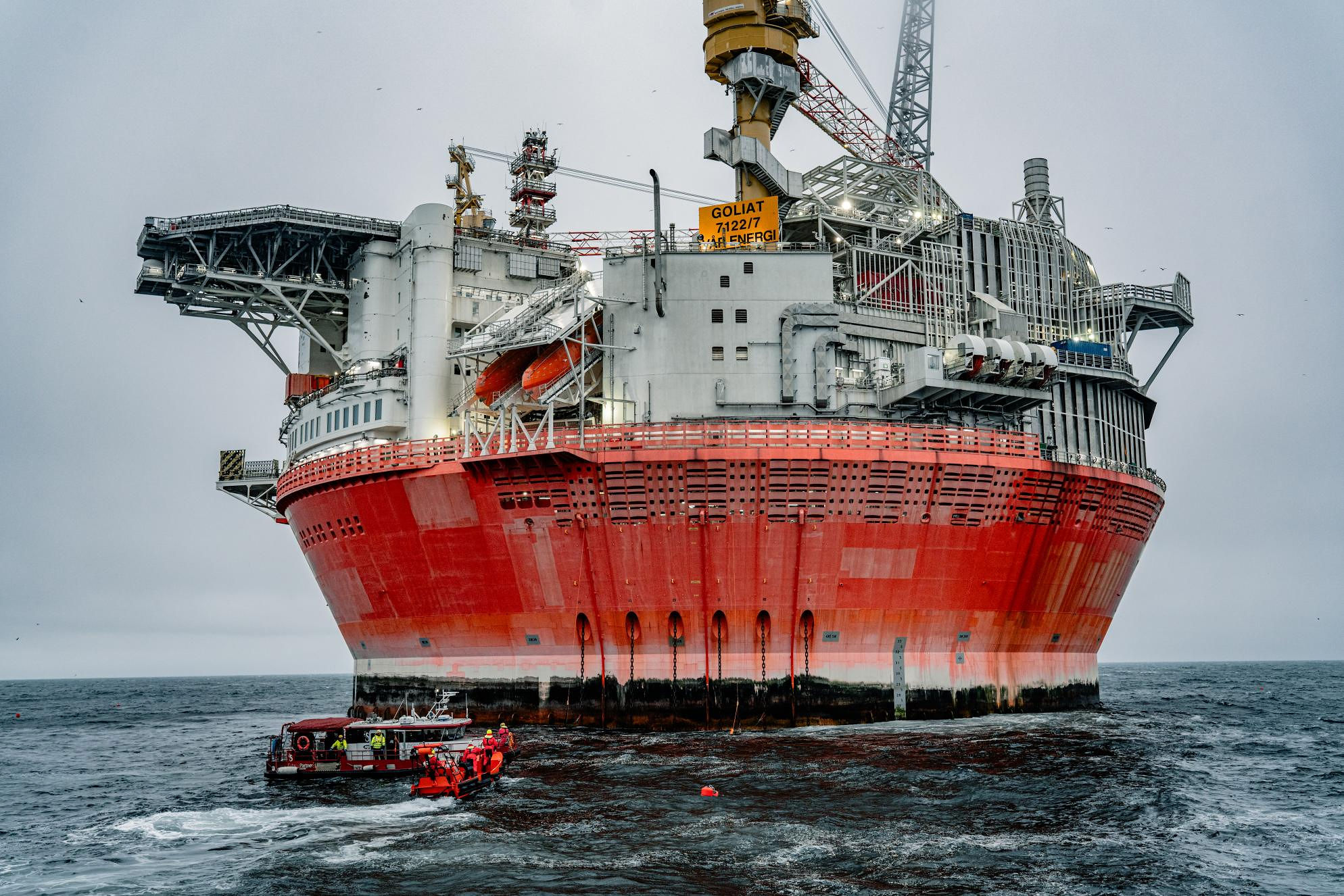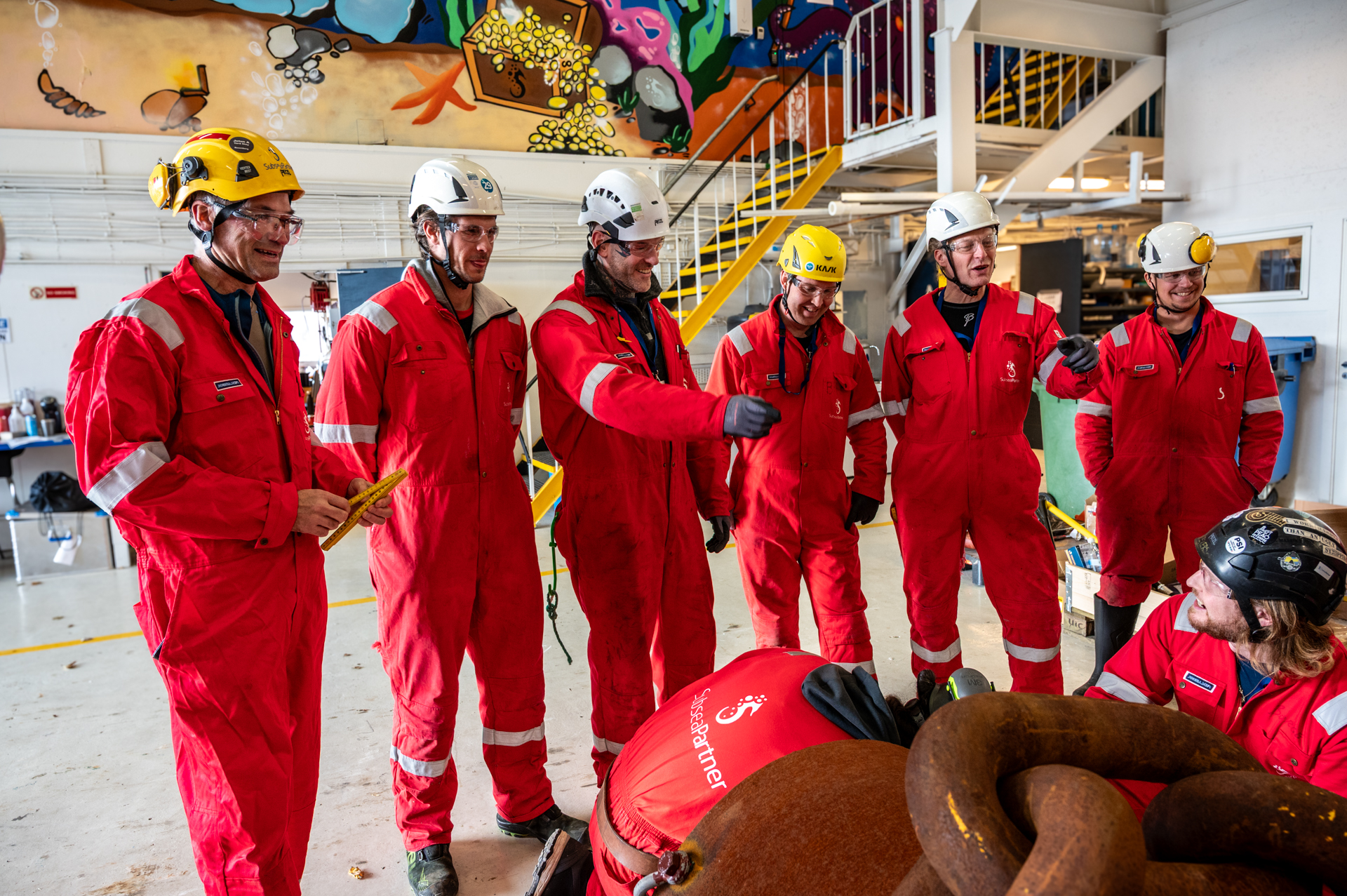Visual Inspection
Key Benefits
Ensure structural integrity
Detect damage, corrosion, fatigue, or deformation.
Maintain Safety
Prevent failures that could lead to injury, environmental harm, or asset loss.
Regulatory compliance
Meet statutory obligations under frameworks like the UK’s HSE or Norway’s Havtil.
Validate barriers
Confirm that structural elements remain effective as part of the safety-critical barrier system.
Support life extension
Identify aging mechanisms and plan maintenance or upgrades
Supports All Asset Types
For any offshore structures including fixed platforms, FPSO’s, floating wind structures, & Semi Submersibles
Visual Inspection
Service Description
We perform Visual Inspection (GVI & CVI) on a range of offshore structures, GVI provides a broad condition overview of subsea components, CVI focuses on critical welds, connections, and high-stress points.
We perform visual inspection on FPSOs, Structures, semi-submersibles, and offshore wind foundations, using techniques suited to both shallow and deepwater operations.
Read more
Visual Inspection of Offshore Locations
General Visual Inspection (GVI) is the first line of defence in offshore asset integrity. Conducted by qualified divers or ROV pilots, GVI focuses on collecting high-quality video and imagery of key structures and components to identify visible damage, fouling, or anomalies that may affect safety or performance.
A Close Visual Inspection (CVI) is a detailed analysis of a constituent component or object and can often be required following a general visual inspection, or to assist in a specific study. The inspection is normally carried out by diver. Information is required about the overall condition of the item, requiring precise measurement of defects sizes and locations. Cleaning is normally required prior to this technique. Close Visual Inspection is intended to detect defects visible to the naked eye but is more thorough than a GVI. Care is taken to ensure that an accurate inspection is carried out. Typical CVI targets:
- FPSO turret and riser support welds
- Fixed platform structural members
- Semi-submersible pontoon-brace joints, thruster mounts, and gusset plates
- Offshore wind monopile weld seams, ladder supports, and J-tube brackets
- Chain connectors, padeyes, and fairleads
- Anode contact points and corrosion-critical zones
Inspection methods:
- Diver hat mounted HD cameras with lighting.
- ROV with zoom lenses and positional control
- Reference tagging of anomalies for later NDT or repair
- Use of calibrated reference scales or corrosion gauges during footage capture
- Common use cases:
- Structural anomaly verification after heavy weather or impact
- Weld inspection intervals and fatigue tracking
- Verification of ROV reported defects
Deliverables include high-resolution stills, focused video clips, location-tagged observations, and detailed condition commentary for each target.
Operational Scenario
Balder FPSO Turret Inspection – Too congested for ROV access.
Solution
LDC Dive spread together with cleaning equipment mobilised to carry out cleaning GVI & Localised CVI on Riser connector/I Tube assemblies.
Outcome
A number of non-conformances recorded for later remedial action.
Let’s Secure Your Operations
SubseaPartner provides offshore visual inspection (GVI & CVI) for FPSOs, semi-submersibles, and wind structures, detecting damage, corrosion, and defects to ensure safety, compliance, and asset life extension.



